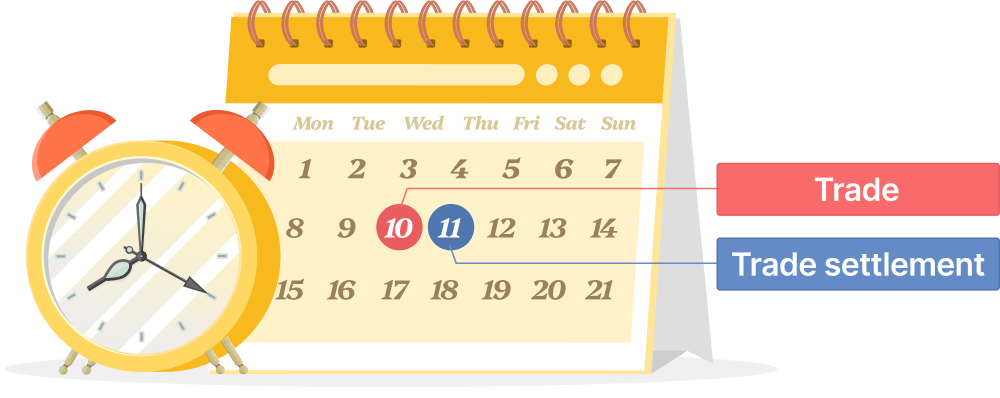Understanding how the U.S. stock market operates is crucial for anyone looking to invest. Whether you’re a newcomer or an experienced investor wanting a refresher, grasping the essentials of trading hours, order types, and settlement rules can significantly enhance your trading experience. Let’s break down these key aspects in detail!
Trading Hours: When Can You Trade?
The U.S. stock market is open from Monday to Friday, operating between 9:30 AM and 4:00 PM Eastern Time. This is the window when most trading takes place. However, there’s more flexibility than you might expect. Many exchanges also offer pre-market and after-hours trading sessions, allowing you to buy or sell stocks outside of regular trading hours.
These extended hours can be particularly useful if you want to react to overnight news or prepare for market openings the next day. While these sessions can offer more opportunities, it’s worth noting that trading outside regular hours may involve lower liquidity and potentially higher volatility.

Order Types: Choose What Fits Your Strategy
When placing a trade, choosing the right order type is essential to achieving your investment goals. There are several key order types you should be aware of, each offering different levels of control over your trades.
1. Market Orders: This is the go-to choice for investors who want to execute a trade immediately at the current market price. It's fast and straightforward, but keep in mind that the price you see might differ slightly from what you get, as stock prices can change quickly.
2. Limit Orders: A limit order allows you to set a specific price at which you're willing to buy or sell. The trade only goes through if the market reaches your target price. This gives you greater control but may result in the trade not being executed if the stock never hits your desired price.
3. Stop Orders: Designed primarily for risk management, stop orders automatically convert into a market order once a stock hits a predetermined price, known as the stop price. This is particularly helpful for protecting gains or minimizing losses, hence the term “stop-loss”, and can act like a safety net in volatile markets.
Each order type serves a different purpose, so it's important to select the one that aligns best with your trading strategy and risk tolerance.
Trade Settlement: How and When Transactions Are Finalized
Once your trade is successfully executed, the next step is settlement. In the U.S. stock market, trades typically follow a T+1 settlement cycle. This means that if you make a trade today, the actual exchange of funds and stocks will be completed the next business day.
While this process is seamless for most investors, understanding it can help manage expectations, especially when timing is crucial for your trading strategy. Whether you’re buying or selling, knowing that the settlement will finalize the following day ensures you can plan your next move effectively.

In Summary
By mastering the basics of trading hours, order types, and settlement rules, you're well on your way to navigating the U.S. stock market with confidence. Whether you’re reacting to market trends, controlling your trades with precision, or ensuring smooth settlement of transactions, these foundational rules empower you to trade smarter and more efficiently.